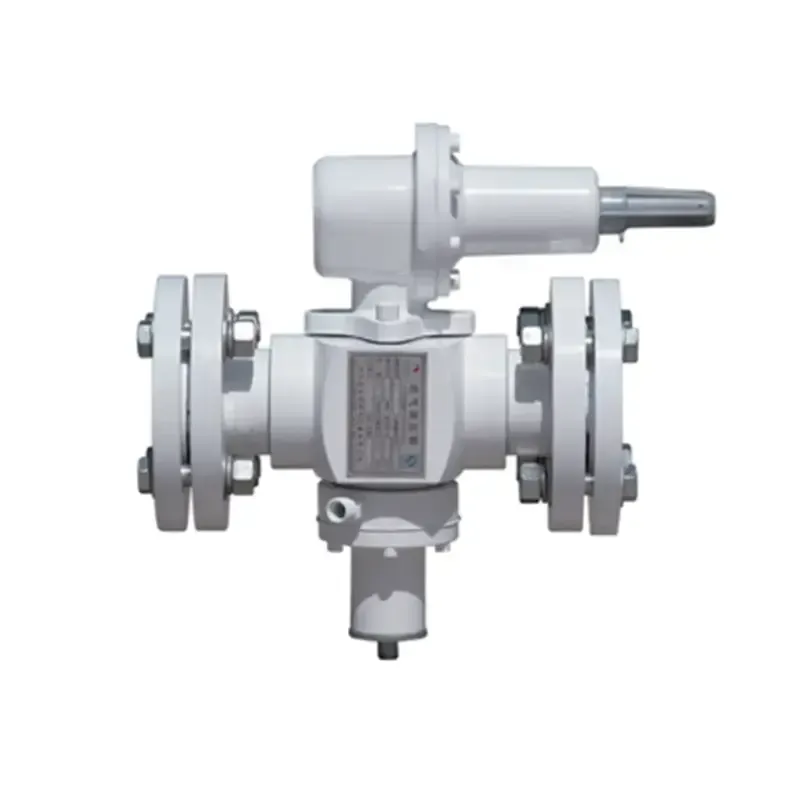
Dec . 01, 2024 21:57
Back to list
Gas Pressure Regulation Valve and Its Importance in Safety and Efficiency
Understanding Gas Pressure Regulating Valves Importance and Functionality
Gas pressure regulating valves play a crucial role in various applications, from residential heating systems to industrial gas distribution. These valves are designed to maintain the pressure of gas at a safe and efficient level, ensuring that the flow of gas remains consistent and reliable. In this article, we will delve into the importance, functionality, and types of gas pressure regulating valves.
Importance of Gas Pressure Regulating Valves
Gas pressure regulating valves are essential for several reasons
1. Safety One of the primary functions of a pressure regulating valve is to prevent overpressure situations. Excessive gas pressure can lead to dangerous situations, including leaks, explosions, or equipment failure. By regulating and maintaining the pressure within a specified range, these valves help mitigate risks associated with high-pressure gas systems.
2. Efficiency Maintaining appropriate gas pressure is vital for the efficiency of heating systems, appliances, and engines that rely on gas as a fuel source. Pressure that is too high or too low can lead to inefficient combustion, increased fuel consumption, and higher operational costs. Regulating gas pressure ensures optimal performance and reduces wastage.
3. Regulatory Compliance Many regions have strict regulations governing gas pressure levels in residential and commercial installations. Failure to comply with these regulations can result in legal penalties, safety hazards, or insurance issues. Gas pressure regulating valves help systems meet these legal standards.
4. Versatility These valves are used in a myriad of applications, from natural gas and propane distribution networks to industrial burners and combustion engines. Their versatility makes them a critical component in ensuring proper gas flow in diverse contexts.
How Gas Pressure Regulating Valves Work
Gas pressure regulating valves operate on a relatively straightforward principle. They consist of a mechanical device that adjusts the flow of gas based on the pressure detected in the system. The core components of a typical pressure regulating valve include
.
- Diaphragm A diaphragm is a flexible membrane that responds to the pressure of the gas. When the pressure in the inlet exceeds the set range, the diaphragm moves to restrict gas flow, thereby reducing the pressure.
صمام تنظيم ضغط الغاز

- Spring Mechanism The diaphragm is connected to a spring that holds it in place. The tension on the spring can be adjusted to set the desired output pressure, allowing for customization depending on system requirements.
- Vent Ports Some valves include vent ports that allow excess gas to escape safely, further enhancing the safety features of the system.
When gas flows into the regulator, the diaphragm detects the pressure. If it exceeds the preset level, the diaphragm moves to close off the flow until the pressure drops back to the desired level. Conversely, when the pressure drops too low, the valve allows more gas to flow through until the balance is restored.
Types of Gas Pressure Regulating Valves
There are several types of gas pressure regulating valves, each suited for different applications
1. Single-Stage Regulator This type is designed for low-pressure applications and provides a single level of pressure reduction. It is commonly used for residential gas appliances.
2. Double-Stage Regulator These regulators offer two stages of pressure reduction, ideal for situations where high-pressure gas needs significant reduction. They provide more consistent output pressure across varying flow rates.
3. Automatic and Manual Regulators Automatic regulators adjust flow based on real-time pressure changes, while manual regulators require user intervention to set and maintain desired pressure levels.
4. Back Pressure Regulators These valves are specifically designed to maintain a constant upstream pressure regardless of downstream variations, making them suitable for various industrial processes.
Conclusion
Gas pressure regulating valves are integral components in ensuring the safe and efficient use of gas across various applications. Understanding their importance, how they function, and the different types available is essential for anyone involved in gas distribution, installation, or maintenance. By ensuring that gas pressure is constantly monitored and controlled, these valves not only enhance safety but also promote energy efficiency and compliance with regulatory standards. As the demand for natural gas and other gaseous fuels continues to rise, the role of gas pressure regulating valves will become increasingly significant in our daily lives.
Next:
Latest news
-
Safety Valve Spring-Loaded Design Overpressure ProtectionNewsJul.25,2025
-
Precision Voltage Regulator AC5 Accuracy Grade PerformanceNewsJul.25,2025
-
Natural Gas Pressure Regulating Skid Industrial Pipeline ApplicationsNewsJul.25,2025
-
Natural Gas Filter Stainless Steel Mesh Element DesignNewsJul.25,2025
-
Gas Pressure Regulator Valve Direct-Acting Spring-Loaded DesignNewsJul.25,2025
-
Decompression Equipment Multi-Stage Heat Exchange System DesignNewsJul.25,2025

